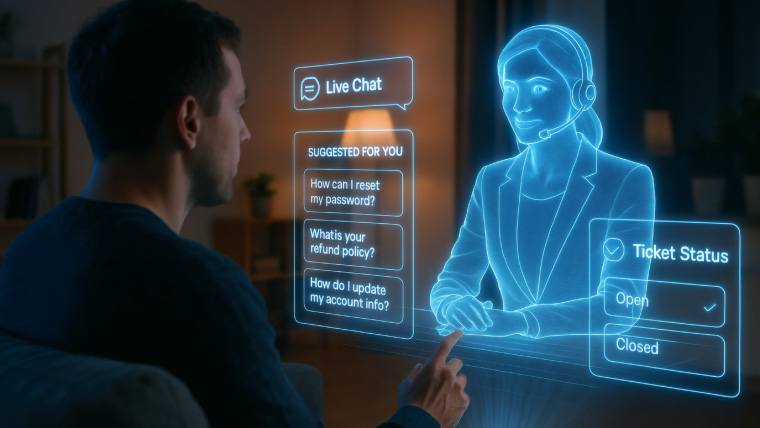It’s amazing how often I am asked, “What’s the secret sauce?” or, “What is the silver bullet?” when it relates to creating a culture of positive, productive and driven employees. I wish the answer were as easy as entering a cheat code in a video game. Organizations are complex. People are more complex. The rules of engagement are changing – daily. Instead of looking for the answer in a single technology or corporate philosophy change or Kaizen event, try to look at it through a simple equation:
Fun x Convenience x Insights x Caring = Employee Satisfaction
It works in our personal lives: Our smartphones provide us the ability to access games and social content that brings the fun to fingertips. The convenience of having information presented to us when we need it based on the analytical insights of our search and fluently accessed data history is essential to driving our satisfaction. When you blend these elements with the peer-to-peer assistance and caring aspect of social apps and communities, then place them in a workplace model, you get amazingly engaged employees.
Now, substitute fun with gamification, convenience with bots, insights with machine learning and caring with human intellect. Companies can use this equation to realize the following five outcomes.
1. Understand the financial benefits of engaging employees just as you do customers.
There is a direct correlation between employee and customer satisfaction. Company A placed an intensive emphasis on adding fun, challenges and competition at every level within the business. While its leaders used data analysis and dashboards on the back end to ensure the desired results, they presented employees with leaderboards, badges, points, rewards and recognition, based on the desired business metrics they were looking to improve, to result in a employee net promotor score rating of 77.
2. Transform traditional cost centers, such as training and employee development, into revenue centers through the balance of technology and humanity.
To accomplish this outcome, cost centers need to better understand the business drivers and speak the language of operations – and the business. Company B’s learning team transitioned away from training platforms to using the same technologies within the business so they could manage their workforce, capacity planning, metrics, etc. with the same rigor and process as the business. This model provided valuable insights into the way they ran their team versus the rest of the organization. Within six months, they were aligned and contributing two percent to the top-line growth and reducing bottom-line expenses by three percent.
3. Use existing customer-focused investments to drive fiscal benefits among employees.
Like Company A, Company C used the best practices of its customer-facing initiatives to incentivize positive behavior change throughout the organization. Instead of surveying employees and focus groups, it moved to a collaborative social community where employees could openly share their thoughts and ideas freely, work with others across silos, and break the hierarchical change. Executives participated in virtual book clubs and created video blogs of their personal lives so show their human side, then blended these activities with fiscal and business updates to close the professional circle. One of the many results was an innovations lab that averaged over $1.1 million in savings while costing the company less than $20,000 per year in rewards to contributors and winners.
4. Blend technology learning with human learning to create a checks-and-balances process that maximizes quality.
Technology by itself is just technology. When Company D ensured it used its employees to quality-check the bot and machine learning findings for human comprehension and idiosyncrasies, it was able to fine tune the approval rating and acceptance of artificial intelligence data from 73 to 84 percent accuracy. The tag-teaming of bots and humans is essential, especially when balancing cultural and regional nuances.
5. Incentivize employees to share knowledge, best practices and operational suggestions that drive automation and business improvements.
Company E was hesitant, yet excited, to introduce a social intranet. Its leaders had heard horror stories from other companies of intranets turning into vast wastelands of spent capital and operational expenditures. To ensure this was not the case with their venture, they conducted an organizational network analysis, identified the right influencers and integrated their employee recognition program, which included everything from anniversary notifications to certification announcements into the community. Five years after implementation, Company E still averages 8.34 comments per article and has one of the highest employee engagement scores in the industry.
While there is no one answer to the opening questions (“What’s the secret sauce?” and “What is the silver bullet?”), there are ways to ensure you have high-performing and engaged employees. The gamification x bots x machine learning x human intellect equation is a powerful one that works for today’s employees. As we are complex humans, and organizations are getting more and more complex through globalization and acquisitions, this equation will continue to evolve.
Time for training leaders to evolve, too.



